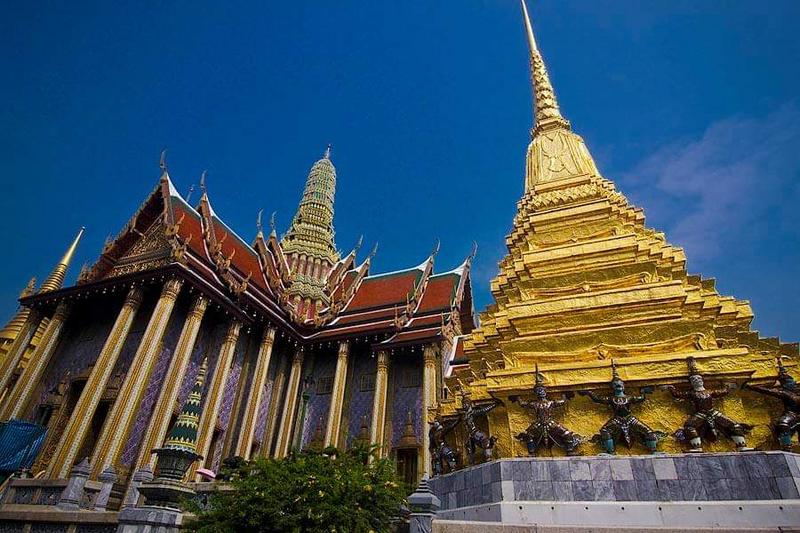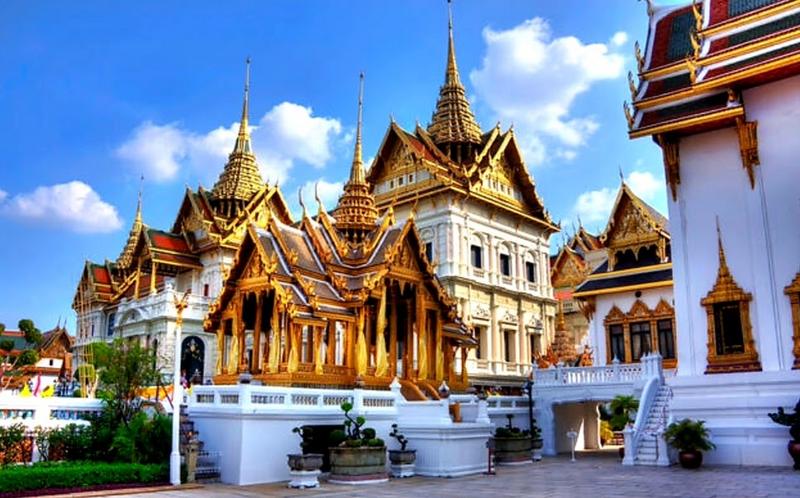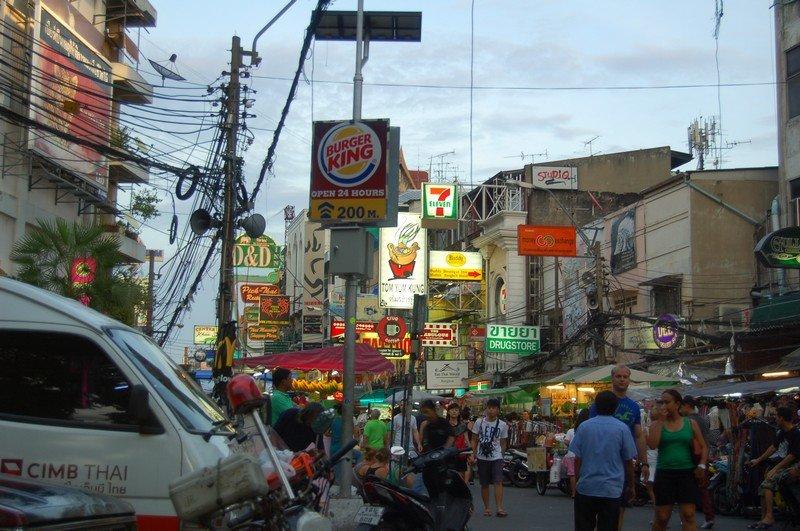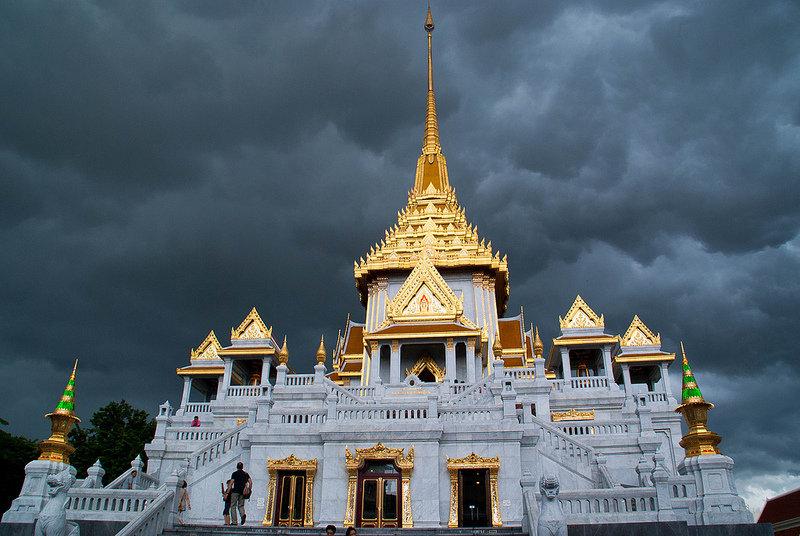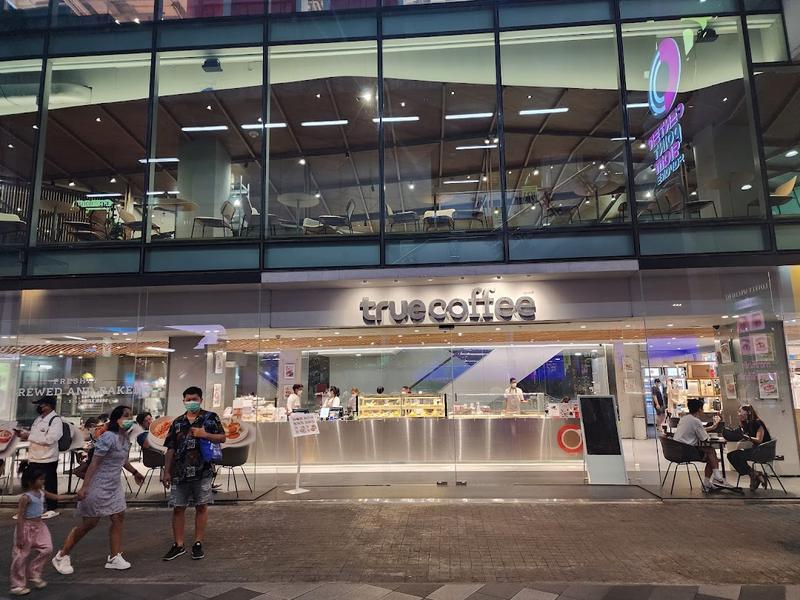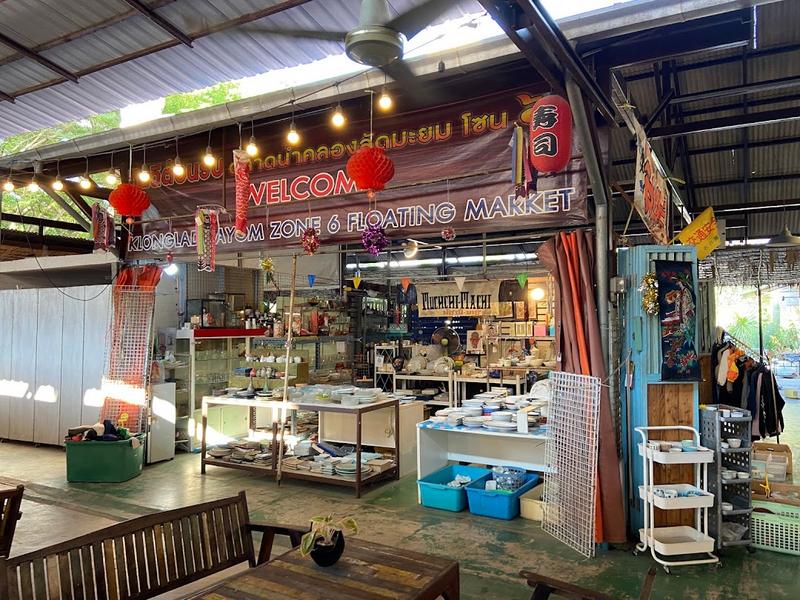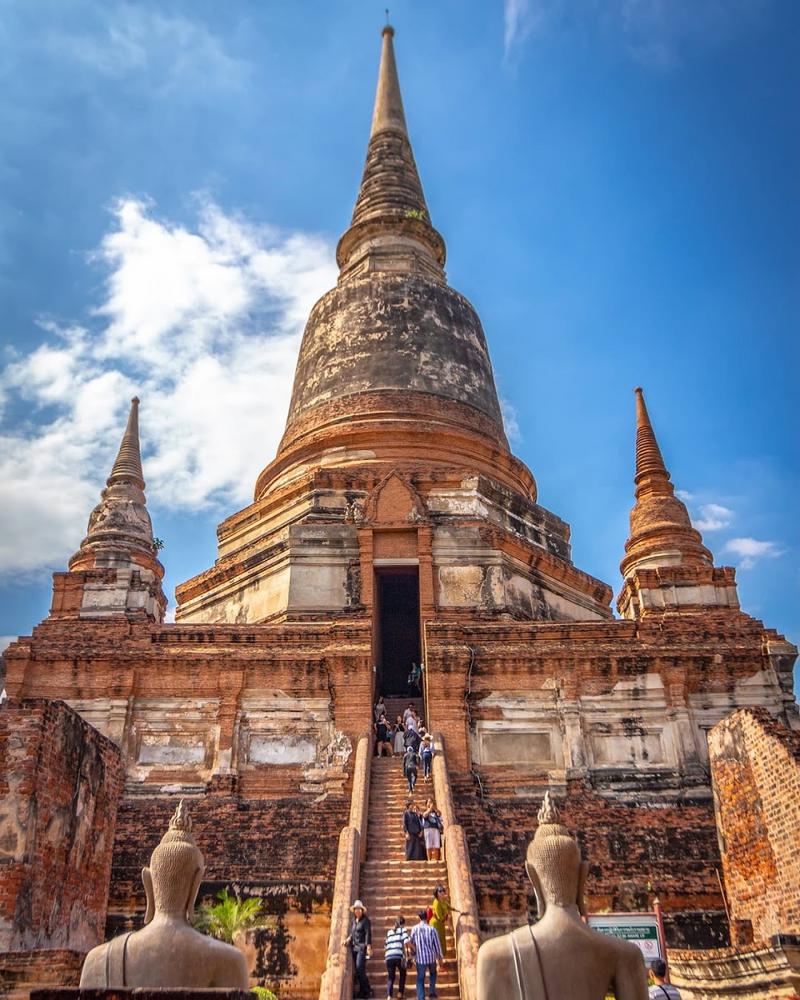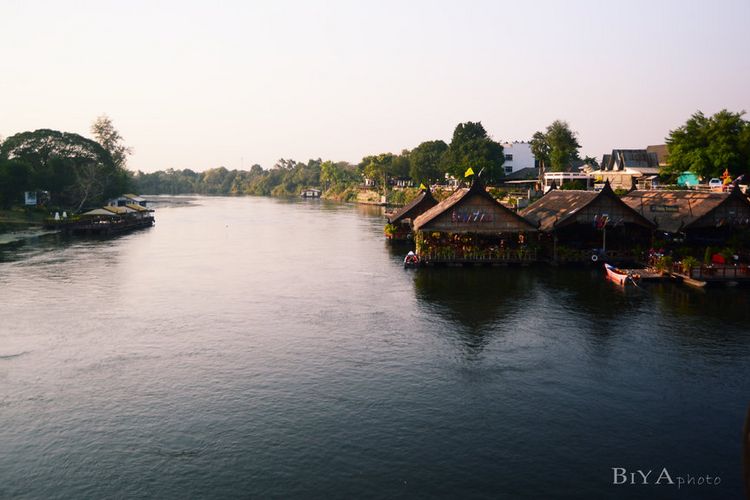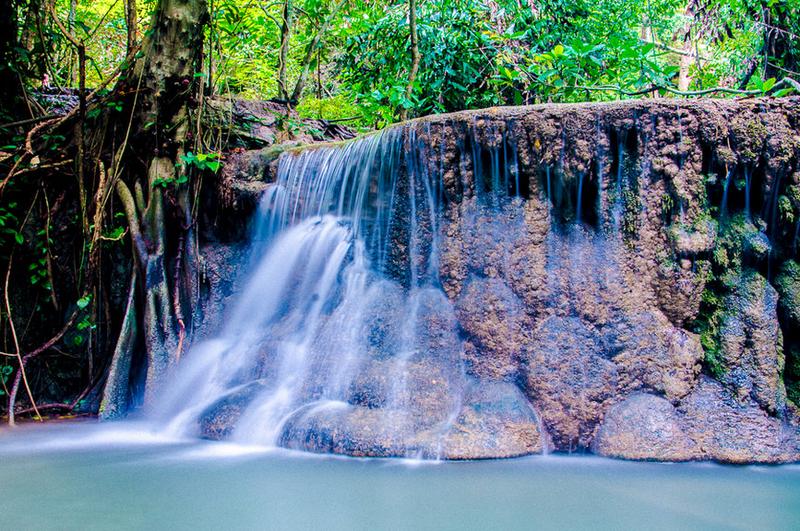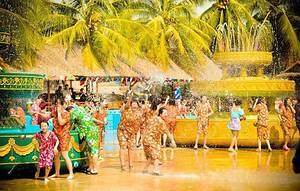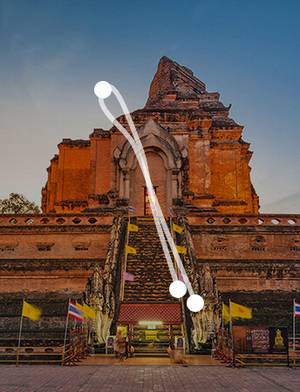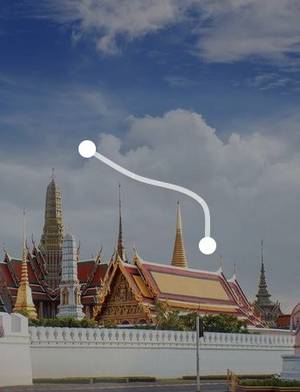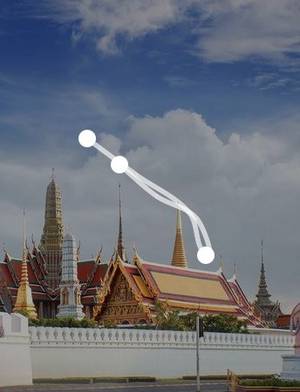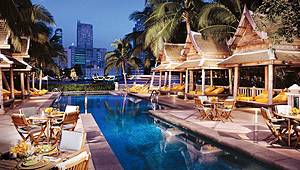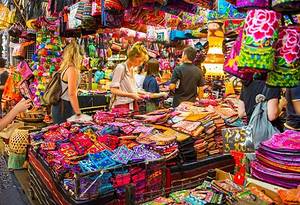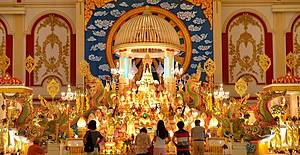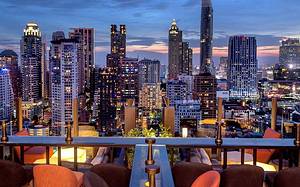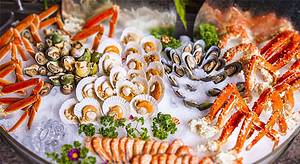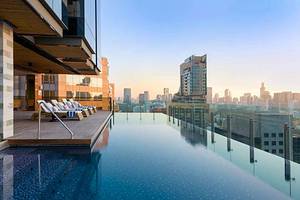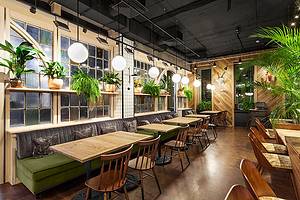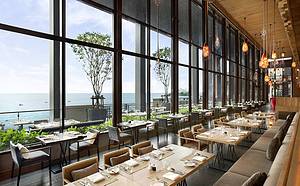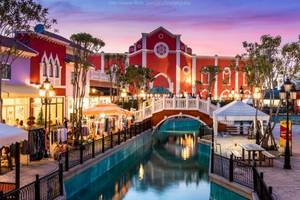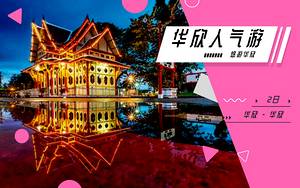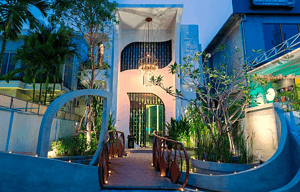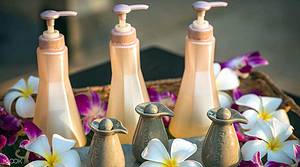4-Day Highlights Tour of Bangkok
4 cities |
12 attraction(s) |
total distance 244
km
 TIPS
TIPS
Day1
Day2
Day3
Day4
Day1: Bangkok
3 attraction(s) ·
2 km
1
Built in 1782, this ornate royal palace complex now houses a museum & is open to visitors.
1
km
2
On the grounds of the Grand Palace, this sacred temple is renowned for its Emerald Buddha.
1
km
3
Khao San Road has always been a favorite place for backpackers. It is close to many tourist attractions, such as the Grand Palace, National Museum, and Art Galleries. There are numerous bars and unique shops where you can experience the local culture and buy souvenirs. Additionally, the famous Lumphini Night Market, Wholesale Souvenir Market, and open-air Beer Gardens are also located near Khao San Road. The annual Songkran Festival, known as the Water Festival, takes place here and is an important cultural event in Thailand. For budget travelers, almost all ATMs near Khao San Road accept UnionPay cards, and the withdrawal fees for debit cards are relatively low.
Day2: Bangkok
3 attraction(s) ·
3 km
1
Bangkok's Chinatown is located in the southwest of the city center and is a bustling commercial district. It consists of three main streets: Sampeng, Yaowarat, and Charoen Krung, as well as many small streets and alleys, with Yaowarat being the central street of Chinatown. There are many restaurants in Bangkok's Chinatown, with affordable bird's nest and shark fin dishes that are worth trying. In addition, at night, it becomes a gathering place for some seafood night markets, with relatively cheap prices and excellent quality.
1
km
Day3: Bangkok
2 attraction(s) ·
3 km
Day4: Ayutthaya > Bangkok > Kanchanaburi
4 attraction(s) ·
155 km
2
The fourth largest city in Thailand, with beautiful scenery and stunning natural landscapes.
36
km
3
The Bridge over the River Kwai is a railway bridge that is part of a 415-kilometer railway connecting Thailand and Myanmar. During World War II, it was constructed by 61,000 Allied prisoners of war and 200,000 Asian laborers under harsh conditions. The bridge was completed in 16 months, much shorter than the originally planned 6 years.
The construction of the railway was marked by the brutal treatment and exploitation of the workers, combined with the harsh climate and living conditions along the railway. As a result, an estimated 16,000 prisoners of war and nearly 100,000 laborers died from diseases, fatigue, and malnutrition. This railway became known as the "Death Railway."
The bridge was destroyed by Allied bombing near the end of the war, but was later rebuilt by the Thai government. Nowadays, the Bridge over the River Kwai consists of 11 steel beams with a total length of 300 meters and is still in use.
Visitors can take a stroll on the Bridge over the River Kwai and enjoy the scenic views of the river. They can also board a train heading towards the bridge from any railway station in Kanchanaburi Province, where they can experience the local culture and interact with the Thai people.
4
km
4
One of the most famous attractions in Nai Mueang district is Ai Loo Bay. If it doesn't rain for three consecutive days, the waterfall's water is crystal clear, and the scenery is comparable to Jiuzhaigou Valley. The waterfall is divided into seven levels, and swimming is possible at each level. There are also countless beautiful fish here. However, compared to international tourists, the number of Chinese tourists visiting this attraction is relatively low, making it a relatively unknown place.
